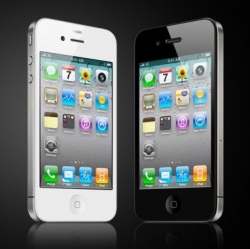
A circuit that lets a radio send and receive data simultaneously over the same frequency could supercharge wireless data transfer. The circuit makes it possible for a radio to send and receive signals on the same channel simultaneously, something known as “full-duplex” communications.
That should translate to a doubling of the rate at which information can be moved around wirelessly. Today’s radios must send and receive at different times to avoid drowning out incoming signals with their own transmissions. As a smartphone accesses the Internet via a cell tower, for example, its radio flips back and forth between sending and receiving, similar way to the way two people having a conversation take turns to speak and listen.
The new circuit design avoids magnets, and uses only conventional circuit components. “It’s very cheap, compact, and light,” says Andrea Alù, the associate professor who led the work. “It’s ideal for a cell phone.” The two-centimeter-wide device could easily be miniaturized and added to existing devices with little modification to the design. “This is just a standalone piece of hardware you put behind your antenna.”
Alù’s circulator design looks, and functions, like a traffic circle with three “roads,” in the form of wires, leading into it. Signals can travel into, or out of, the circle via any of those wires. But components called resonators spaced around that circle force signals to travel around it only in a clockwise direction.
